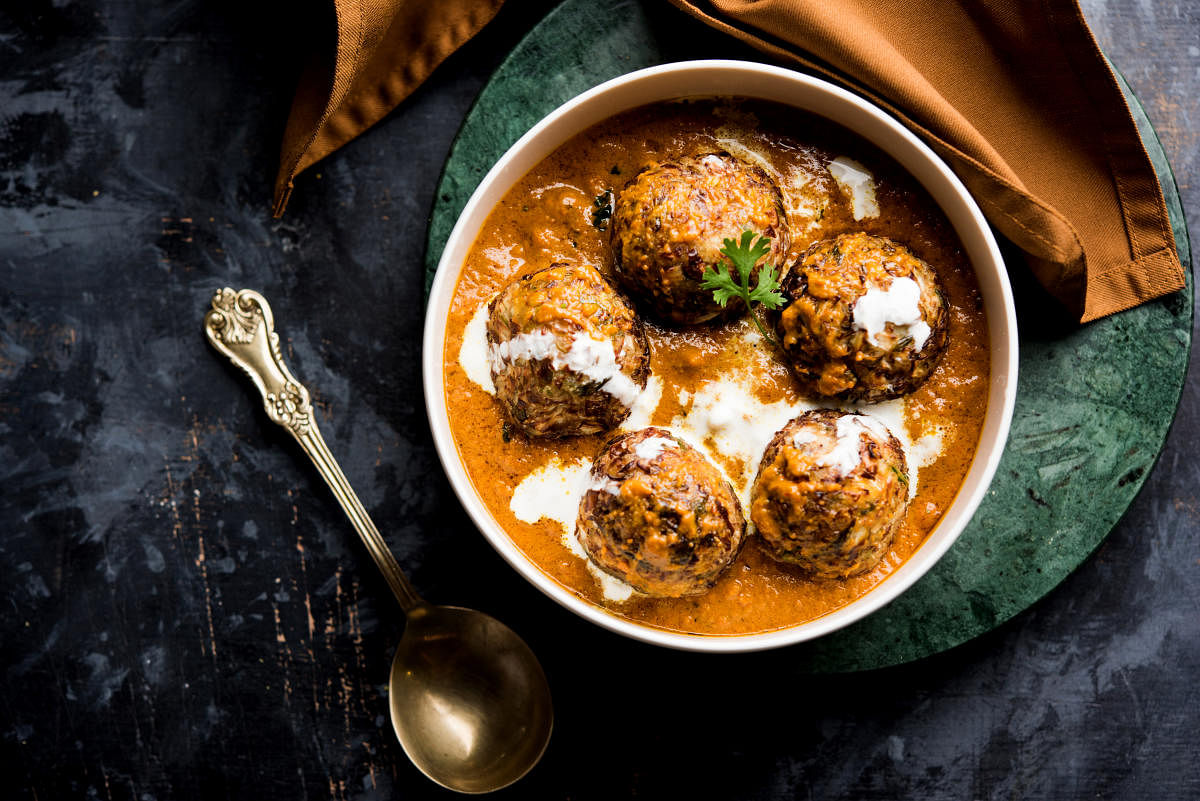
Sarvi Restaurant, a quaint place in the bylanes of Byculla may not hold much fascination for the culinary minds today but back in the day (we are talking almost seven decades from now), it would be the watering holes for political minds and radical thinkers who would flock this place for two things: their delicious kebabs, especially the kainchi kebab, and nihari; and the watering hole where they could freely air their opinions. Sitting in the no-frill place that doled out cutting chai in the set of six, Sarvi proved to be the perfect platform for those looking to change the world.
Not far from this popular Muslim food joint was Noor Mohammadi. Today, known for the Chicken SanjuBaba (claimed to be created by the actor himself), the shammi kebab hotspot was once where radical political ideas found a captive audience. How did the two restaurants take on such a significant role in the making of thoughts? With two things: good food served at an economical price and an ambiance that encouraged people to share more than their community tables. In fact, for Noor Mohammadi, it was also the eat pass that the restaurant introduced that allowed refugees, migrants and those in the lower economic strata to have a wholesome meal at half the cost, with a few free ones thrown in.
Fascinatingly, it was one of the goodwill gestures that first made Karims — an iconic eat out that developed the taste of Mughlai food for generations — the initial hole in the wall space among the favourites of the revolutionaries and freedom fighters. Leaders and makers chose the place not only for their amazing dal, nihari, kebabs and pillowy soft rotis, but the safe haven this always crowded place provided them from the British as they would often find it impossible to pick defenders amongst the crowd.
Fascinatingly, Karims wasn’t the only restaurant that provided such an invigorating ambiance to the revolutionaries on a constant run. According to historians RV Smith and Utsa Ray, colonial India had quite a few hubs that created a space that played the twin role of both the nurturer and curator or the dining out space with their food served in an unpretentious ambiance. One such place is the Indian Coffee House. Developed as an effect of the communist thinking around the time, this 18th-century co-operative restaurant chain remained the hub for political minds and those impressionable diners who were looking for friendship and wholesome meals. The Coffee House provided both and a bit more too. These coffee houses and later MTR, the outlet that created the famous rava idli during World War II, became a place where surrounded by traditional comfort food, new ideologies were made, and a sense of nation developed. The one dining format that did it with much flair was at the Military Hotels. Starting in the 17th century to feed the roving Maratha army, these restaurants were known not just for their meat preparation, including the popular South India fare of Donne Biryani and Meen Kuzhambu, but also for creating a space that resembled the core concept of unity in diversity. Inside their sparsely decorated but well-set dining rooms, people across classes would for the mealtime forget their differences to enjoy the simple fare of mutton chukku and Dindigul Thalpakati Biryani. Or if in Café Military in Mumbai, then keema pav, fish cutlet along with a raspberry soda were a must. Military Hotels for the rest of India played the same role as the cabins did in Kolkata.
Apart from being affordable places for a wholesome meal, they were places where diners revelled in their diversity while becoming one. Be it the 102-year-old Favourite Cabin that would be frequented by revolutionaries who spearheaded the Kallol Movement of 1923-35, or the 118-year-old Dilkhusha Cabin that is said to have invented the all-famous kabiraji cutlet, symbolising India’s inherent ability to bring different cultures under one roof. These restaurants also worked as a telegram centre for coded messages. Folklore has it that often these restaurants, owned by people who believed in the thought, worked to not only hide the freedom fighters but also looked after the well-being and provided them with a safe place to meet — all under the British radar. One such restaurant was the Paradise in Calcutta (now Kolkata).
Opened by a fellow freedom fighter, Nihar Ranjan Majumdar, the little shop was also the meeting place for Netaji Subhash Chandra Bose who would often frequent the space for his favourite daber sherbet, a concoction of coconut water, syrup, coconut pulp, and ice. Or the congested alleys of Parathe Wali Gali where the likes of Bhagat Singh and his comrades would hide and then walk around post-dinner for a much necessary indulgence — Khullad Ka Doodh and a chance to meet and talk with their peers. Those hushed conversations while sitting on the wooden bench sipping hot mawa and dry fruit peppered milk was all these die-hard nationalists needed to warm their hearts, balm their soul and rekindle their resolute for action, all missing the radar of the Crown.
(The author is a culinary consultant.)